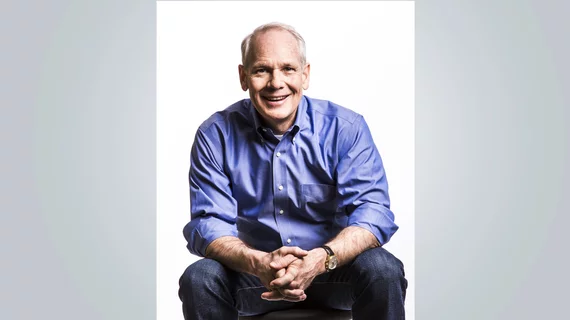Biden nominates former Microsoft exec as new CIO of Veterans Affairs
The Biden Administration recently nominated former Microsoft executive Kurt DelBene to take on the role of chief information officer for information technology and assistant secretary for IT at the U.S. Department of Veterans Affairs.
DelBene spent some 25 years at the technology giant, retiring from his role as executive vice president of corporate strategy, core services, and engineering and operations in September. If confirmed by the Senate, DelBene will take on the VA’s estimated $16 billion electronic health record modernization project.
The initiative first kicked off at the Mann-Grandstaff VA Medical Center in Spokane, Washington, back in October 2020 and has since suffered from multiple delays, complaints and cost concerns. Just last month, the VA partnered with the Institute for Defense Analyses to perform an independent assessment of the true cost of the modernization program.
DelBene is no stranger to technology snafus. President Obama hired him in December 2013 to fix notorious problems with the Affordable Care Act’s webpage. When he left Microsoft to revamp the site, Bill Gates described him as a “talented and capable executive.”
“I’m certain he’ll make an important positive contribution in his new role with HHS,” Gates said in a blog post at the time.

